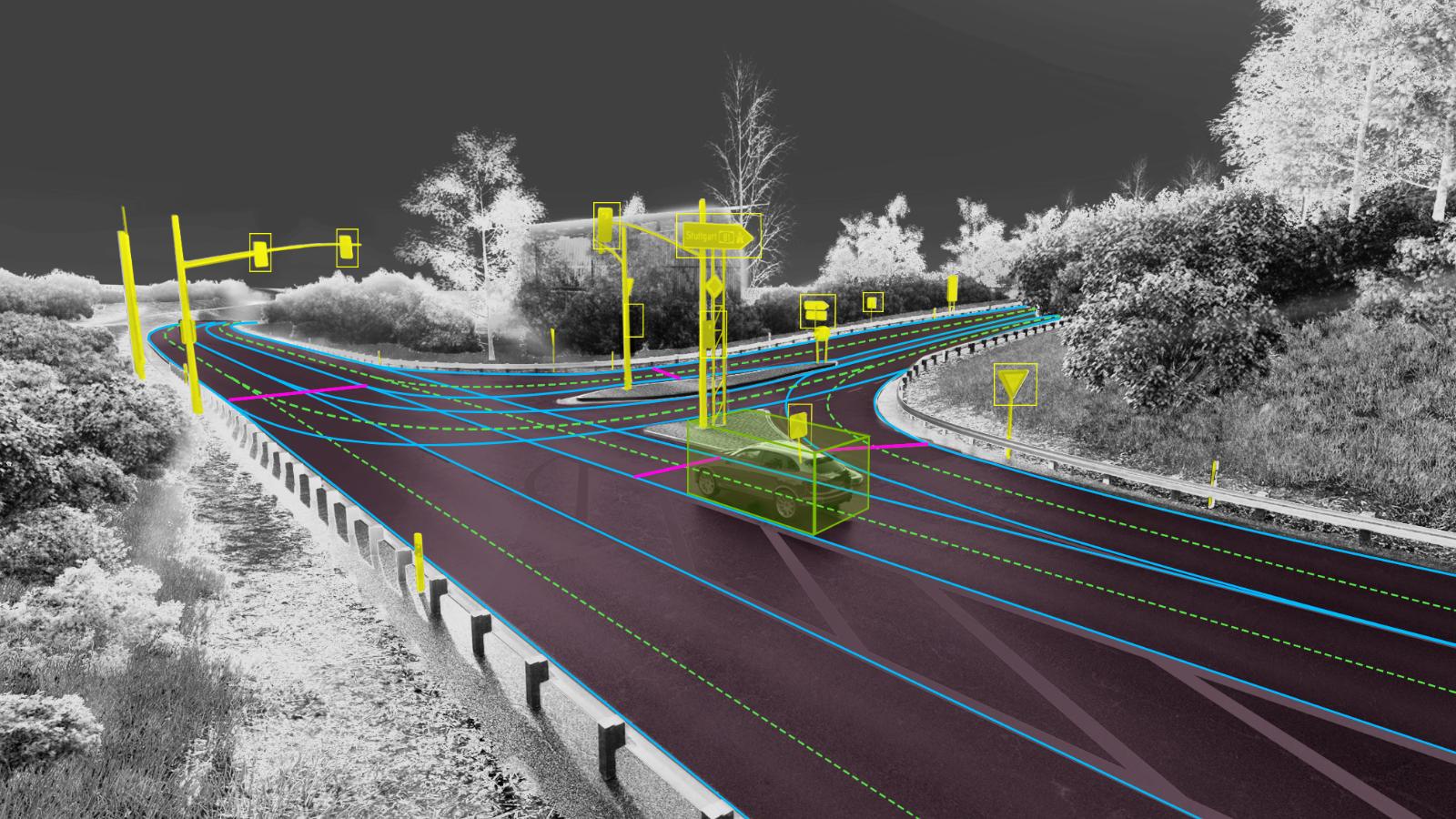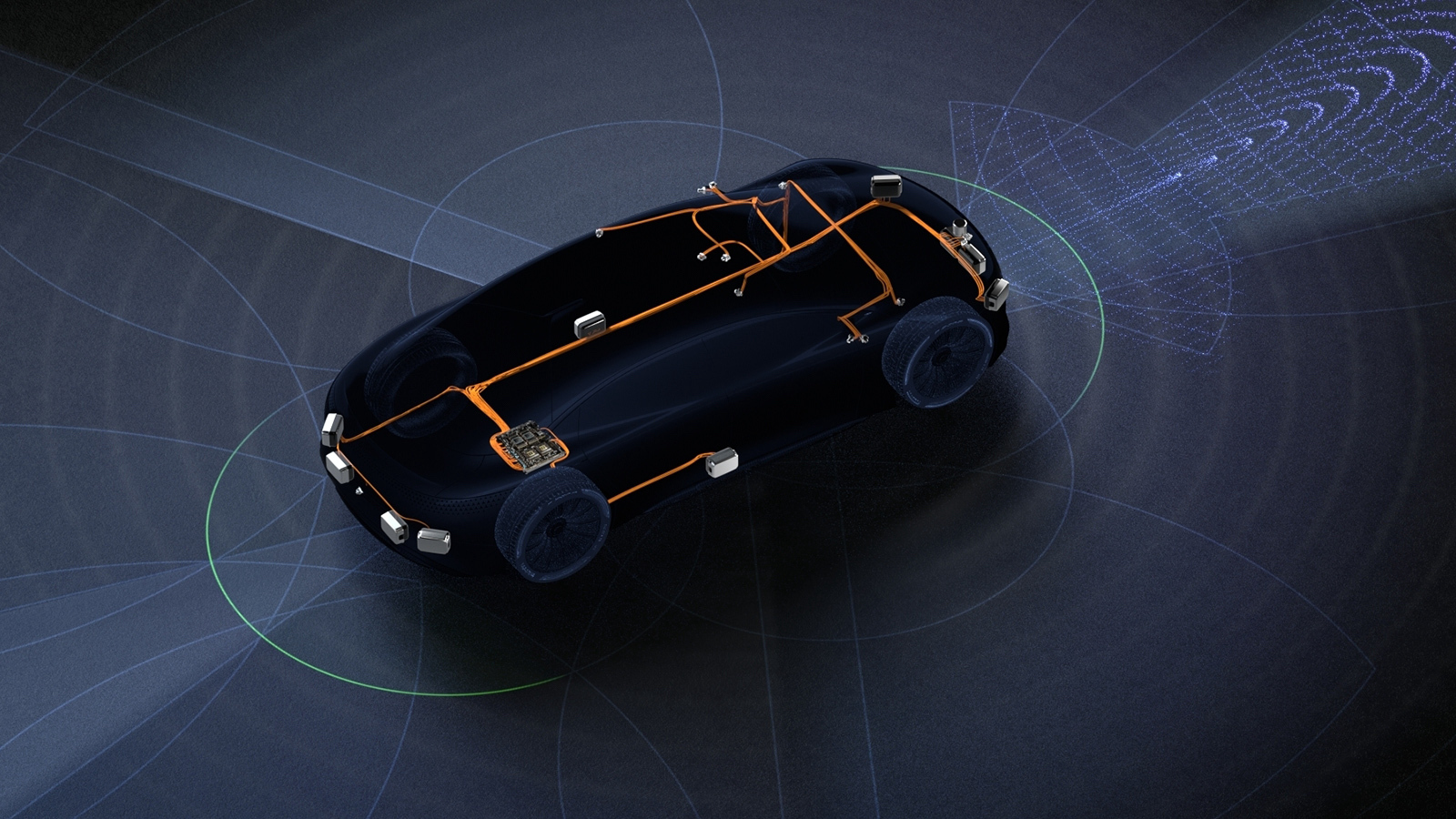It's not a semantics trick, that literally is what the standard says!I think
I understand the levels, but you are trying a semantic trick "within seconds" to discredit the value of level 3.
It is obvious that one need several/many seconds to hand over driving task safely if the driver is not intended to pay attention.
The car manufacturer will of course never deploy a system where the system, in the transition phase, let the car crash because of a principle. Such a system is worthless (here we might agree?) and will put huge liabilities on the car manufacturer.
The only way to interpret L3 is that the system safely stop the car if the driver doesn't respond within a reasonable interval. That interval is certainly closer to 10 seconds than "within seconds". The stopping procedure will probably then take another 10-20 seconds.
This was quoted by @diplomat33
"At Level 3, an ADS is capable of continuing to perform the DDT for at least several seconds after providing the fallback-ready user with a request to intervene. (Note 3, page 11)"
The standard does not guarantee the car can stop safely if the driver does not respond within the allotted time (that is why it's not L4!) After that allowed time, the manufacturer also is no longer liable for anything that happens, given it would have deactivated.
I'm simply saying sleeping is not compatible with L3, given "several seconds" is not necessarily enough time to get someone ready to take over a car after being asleep. You can ask Honda and Mercedes if it is and I bet they will respond the same that it is not. I linked Honda's warning already.
“At Level 3 of automation, the system monitors the driving environment surrounding the vehicle and takes over driving operations under certain conditions. When any of operable driving environment conditions become unsatisfactory, the system will issue a warning, and the driver must take over the driving immediately.”
Honda Global | November 11, 2020 Honda Receives Type Designation for Level 3 Automated Driving in Japan
Here's Mercedes L3 system:
"However, the driver must always be able to take over control of the vehicle. Meaning that the driver, for example, is not allowed to sleep, continuously face backwards, or leave the driver’s seat."
Conditionally automated driving with the DRIVE PILOT | Mercedes-Benz Group
If you can link to a L3 system that allows the driver to sleep, please do so, but it's obvious to me L3 is not compatible with sleeping.





